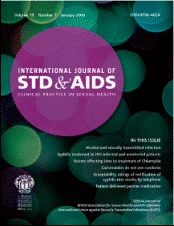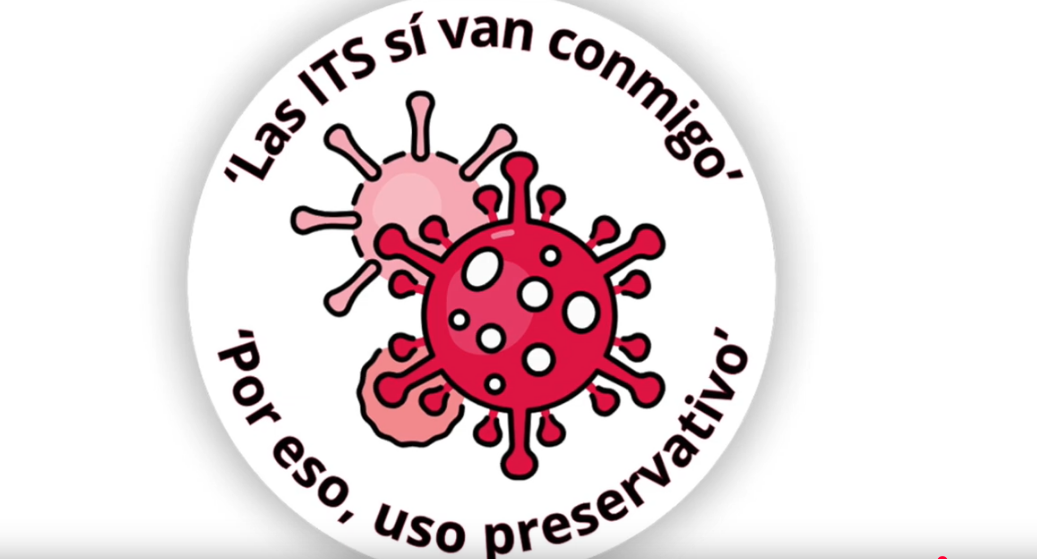Resum
The prevalence of gonorrhoea and urogenital chlamydial infection was investigated in female prostitutes in Tegucigalpa, Honduras. Epidemiological data
were recorded according to a standardized questionnaire. The median age of the prostitutes was 27 years and the median period of prostitution was 2-4 years. Most
of the women (91%) had no occupation other than prostitution and 57% of them had not even completed primary school. In 233 cases when both gonococcal culture
and chlamydial antigen detection with a commercial EIA kit were performed the prevalence of gonorrhoea was 25% (59) and that of chlamydial infection 31% (72).
Both diseases were recorded in 9%. The women who had been prostitutes for 2 years or longer had gonorrhoea (P<O.Ol) or chlamydial infection (P<0.05) less frequently
than those who had practised prostitution for a shorter time period. Among 70 different gonococcal isolates from 241 prostitutes, 40 (57%) belonged to serogroup W II/II!. Most (83%) of the 30 W I isolates were beta-lactarnase producing (PPNG) like 42% of the W IIIIII isolates. All non-PPNG isolates, except one had decreased
susceptibility to benzylpenicillin (MIC ~ 0.125 mg/l) and all isolates were susceptible
to spectinomycin. Four out of five isolates from the throat were PPNG and the fifth
had a benzylpenicillin MIC of 0.5-2.0 mg/l.






